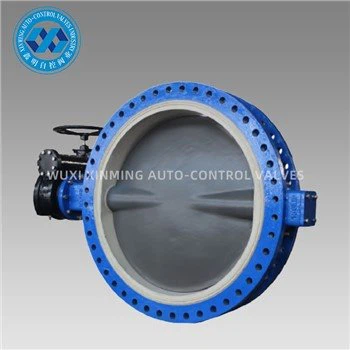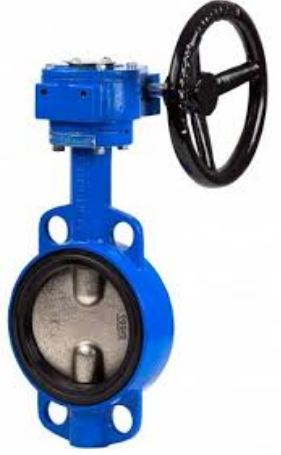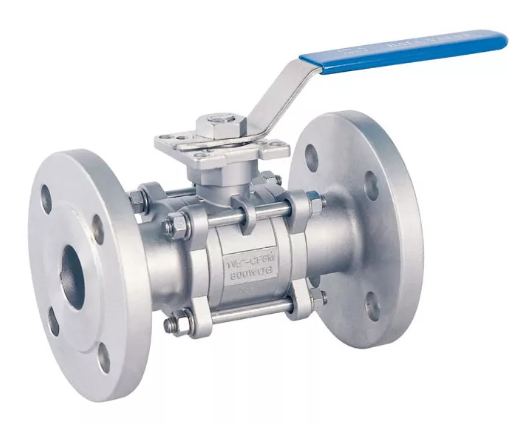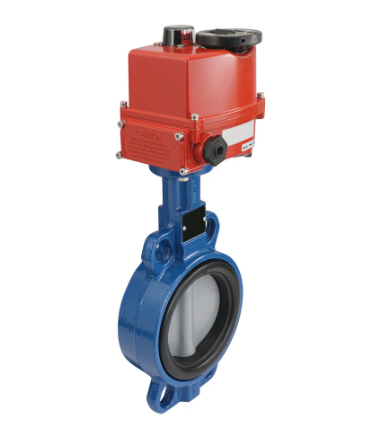Introduction
In industrial process control, efficiency and safety depend on the accuracy of valve operation. A pneumatic diaphragm actuator is one of the most widely used actuator types for automating valves in applications such as oil & gas, water treatment, chemical processing, and power generation. Known for its reliability and cost-effectiveness, this actuator converts compressed air into linear motion to ensure smooth and precise valve control.
What Is a Pneumatic Diaphragm Actuator?
A pneumatic diaphragm actuator is a mechanical device that uses compressed air applied to a flexible diaphragm to produce motion. This motion is typically linear, making diaphragm actuators especially suitable for globe valves and control valves. They are often paired with positioners and controllers to modulate valve opening and achieve precise flow regulation.
Key Components
-
Diaphragm – Flexible membrane that moves when air pressure is applied.
-
Spring – Provides return force when air pressure is released (spring-return design).
-
Actuator Housing – Contains the diaphragm and pressure chamber.
-
Valve Stem Connection – Transfers linear motion to the valve plug or disc.
-
Positioner (optional) – Improves accuracy by aligning actuator position with control signal.
Types of Pneumatic Diaphragm Actuators
-
Direct-Acting (Air-to-Close)
-
Air pressure pushes the diaphragm downward to close the valve.
-
Spring opens the valve when air is released.
-
-
Reverse-Acting (Air-to-Open)
-
Air pressure pushes the diaphragm to open the valve.
-
Spring closes the valve when air is released.
-
-
Double-Acting
-
Uses air pressure on both sides of the diaphragm for stronger force and higher precision.
-
No return spring, offering greater control range.
-
Advantages of Pneumatic Diaphragm Actuators
-
High Reliability – Simple design with fewer moving parts reduces failure risk.
-
Cost-Effective – Lower initial and operating costs compared to electric actuators.
-
Fast Response Time – Ideal for applications requiring quick valve adjustments.
-
Safe in Hazardous Areas – No risk of sparks, making them explosion-proof.
-
Durability – Capable of operating in extreme temperatures and harsh environments.
Applications in Industry
-
Oil & Gas – Regulating pressure and flow in pipelines.
-
Water & Wastewater – Controlling treatment processes and distribution.
-
Power Plants – Managing steam and cooling water systems.
-
Chemical Processing – Handling corrosive and hazardous fluids safely.
-
Pharmaceutical & Food Industry – Ensuring hygienic and precise flow control.
How to Select the Right Pneumatic Diaphragm Actuator
When choosing a pneumatic diaphragm actuator, consider:
-
Valve type (globe, control, or butterfly).
-
Air supply pressure available at the site.
-
Required force or thrust to operate the valve.
-
Fail-safe position (fail-open or fail-close).
-
Operating environment (temperature, humidity, or explosive atmosphere).
Conclusion
A pneumatic diaphragm actuator is a reliable, efficient, and safe solution for industrial valve automation. Its simple yet robust design ensures precise flow control while minimizing maintenance costs. For industries that demand durability and accuracy under challenging conditions, pneumatic diaphragm actuators remain a trusted choice.
If you want to learn more about low-priced products, please visit the following website: www.xm-valveactuator.com
















